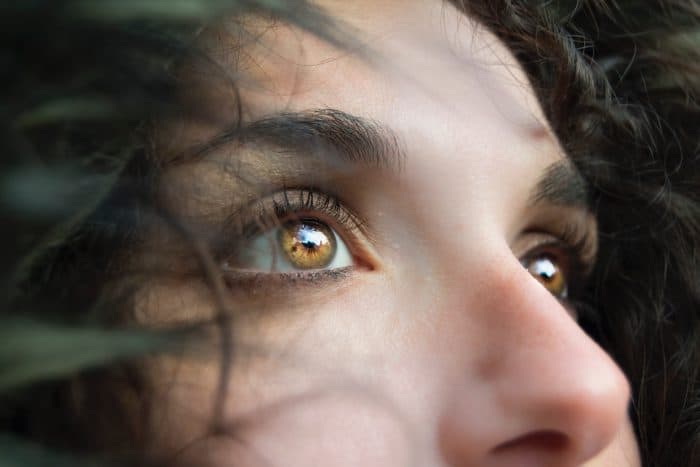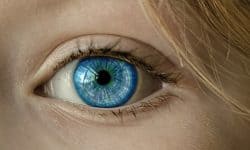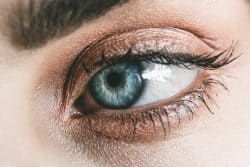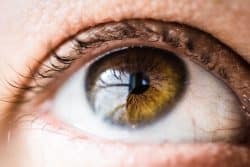Ever been at the beach gotten sand in your eyes? Or had a grandchild poke you in the eye inadvertently? Or possibly, have you had a piece of debris get caught in your eyelash only to hurt your eye when you try to rub it out? Any of these things, although they may seem minor, could lead to a corneal abrasion. Let’s look at corneal abrasion causes, symptoms and treatment methods.
To understand what a corneal abrasion is first you must understand a little about the parts of the human eye. The cornea is the clear, protective covering over the iris, which is the colored part of the eye, and the pupil — the black circle in the middle of the eye. The cornea is important for both vision and protection of the eye. A corneal abrasion then, is a scratch on that outermost covering of the eye. Common causes include: being poked in the eye (makeup or finger), getting debris in the eye, aggressively rubbing the eye, bad hygiene with contacts, or potentially chemical burns. If any of these events or circumstances have happened and you are experiencing pain and discomfort then you may have a corneal abrasion. Symptoms that may also give evidence to this include: tearing of the eye, feeling like something is in your eye, redness, eye pain, stinging or even blurred vision.
No one likes having something in their eye or even the feeling like something is in the eye. One of the most important things to remember, should this happen to you, is NOT to rub the eye. This could lead to the abrasion or cause more damage. instead let the eye water to flush debris out, pull the top eyelid over the bottom eyelid and allow for watering or gently wash the eye with warm water. If this does not rid your eye of the symptoms and pain see your doctor.
If your eye doctor believes you have suffered a corneal abrasion he/she may give you eye drops or ointment to prevent infection and to stop the pain. In the case of a minor corneal abrasion the scratch will most likely heal on its own. Larger or deeper scratches make take longer to heal and will require a patch, discontinued use of contacts and shaded glasses to shield the eye.







